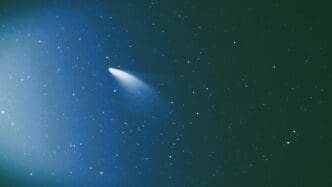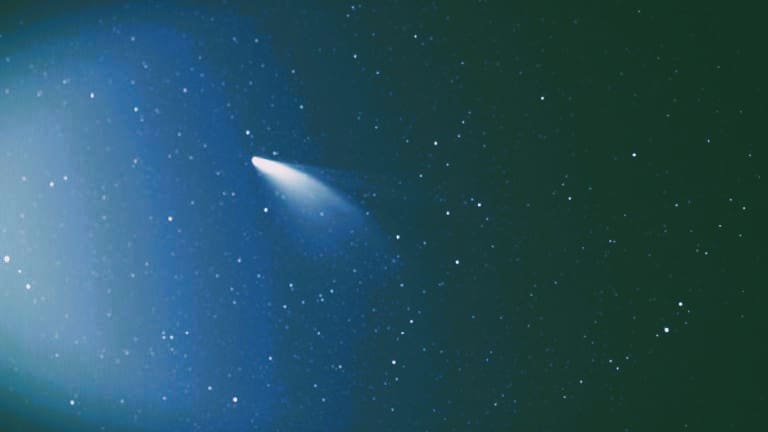A recently discovered green comet, known as Comet SWAN, appears to have disintegrated during its close encounter with the sun, diminishing hopes of it being visible to the naked eye. Originating from the Oort Cloud beyond Pluto, the comet had been observable through telescopes and binoculars in recent weeks, showcasing its vibrant tail. However, experts suggest it may not have survived its solar flyby and is rapidly fading.
Comets are composed of frozen gases and dust, remnants from the early formation of the solar system billions of years ago. They occasionally journey through the inner solar system, offering a glimpse into the past. Comet SWAN was identified by amateur astronomers who spotted it in images captured by a spacecraft operated jointly by NASA and the European Space Agency, which is tasked with studying the sun.
This particular comet, also referred to as C/2025 F2, was not expected to make a close approach to Earth like the Tsuchinshan-Atlas comet did the previous year. Other memorable comet sightings include Neowise in 2020, as well as Hale-Bopp and Hyakutake in the 1990s. Although Comet SWAN had the potential to be seen just after sunset, slightly north of where the sun set, its green hue would have been challenging to discern without optical aid.
The comet’s close encounter with the sun might have been its inaugural pass, which rendered it especially susceptible to disintegration. Following this solar flyby, any remaining fragments of the comet are expected to retreat into the outer solar system, possibly back to its origin point. Its trajectory suggests it may travel so far that it remains uncertain if it will ever return.












